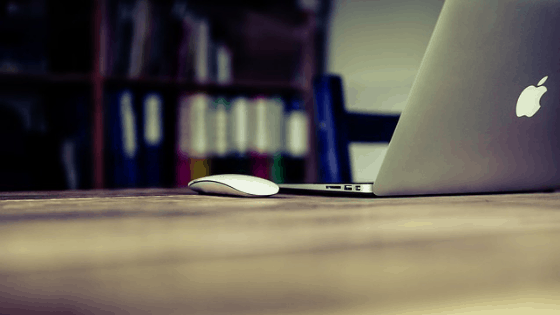As every laptop, the battery of the MacBook, regardless of the model, can be drained quickly depending on how it is used. If you work with heavy processes (modeling, video editing, etc.), play or do marathons in streaming services, you should know that without an outlet nearby, it will not stay connected for long. Here are some very useful tips that will help extend the battery life.

1. Make the MacBook display the percentage of the battery
It’s a fairly simple adjustment, and it helps to keep an eye on energy consumption:
- Click the battery icon in the macOS Menus toolbar;
- Click Show Percentage.
And ready.
2. Check the “health” of the MacBook
Still in the battery icon, the macOS displays information about the status of the MacBook’s battery, to indicate whether or not it is time to change it.
The messages are as follows:
- Normal: Battery OK;
- You Need to Change It in a Brief: The battery runs, but retains less charge. Keep an eye;
- You Need to Change It Now: The battery runs, but retains even less charge. Take your MacBook to the Tour;
- Check the Battery: The battery does not work properly. Take your MacBook to the Tour.
3. Use the Energy Saver
The Energy Saver is a native feature, a panel with fine adjustments to the operation of the MacBook. You can access it by clicking the Apple Menu, and then System Preferences.
With it, you can:
- Turn on Automatic Graphics Switching, which changes graphics modes to maximize battery life;
- Set an unused period of time to turn off the monitor;
- Put the hard disks to rest when possible;
- Turn off the backlight when idle;
- Disable Power Nap by turning off e-mail and iCloud checks when idle.
4. Adjust the brightness of the screen
The screen is always one of the most energy-consuming components, so adjusting the brightness settings is important.
- Click the Apple Menu, and then System Preferences;
- Click Monitors, and then on the tab Monitor;
- Drag the brightness controller to adjust the brightness of the monitor.
5. Adjust the keyboard and Touch Bar lighting
The keyboard of the MacBook has backlighting, which is not always so useful when promises. If you use your laptop by day, in bright environments, it is much better to minimize the use of the feature in order to save energy:
- Click the Apple Menu, and then click System Preference;
- Click Keyboard, and then on the tab keyboard;
- Check the Adjust the keyboard brightness in low light box;
- Turn off keyboard backlight after … and set a short time (the shortest is five seconds).
If you have a MacBook Pro with Touch Bar, you can also adjust its brightness:
![]()
- On the Control Strip, touch the left arrow icon;
- Touch the brightness adjustment icons (highlighted in the image above) to adjust the brightness of the Touch Bar.
6. Turn off Bluetooth
Many do not realize it, but Bluetooth consumes a lot of device power, including MacBooks. So if you’re not using it, keep it off:
- Click the Apple Menu, and then click System Preference;
- Click Bluetooth, and then the Disable Bluetooth button.
7. Turn off everything you are not using
Disconnect any external discs, dongles, or accessories attached to the MacBook that are not in use, as they continue to consume power.
The same goes for open programs, even in the background that are not in use.
- Type the key combination Command + Spacebar (on a non-Apple keyboard, Win + Space key );
- Type Activity Monitor, and double-click the icon;
- Click the Energy tab;
- Click on the program you want to quit, and then on the X button at the top left of the window.
8. Keep the system up-to-date
Updated programs use the capabilities of a laptop in an optimized way. With the MacBook, this is no different. Especially when it comes to Apple native software. Always keep macOS and programs in their latest versions.